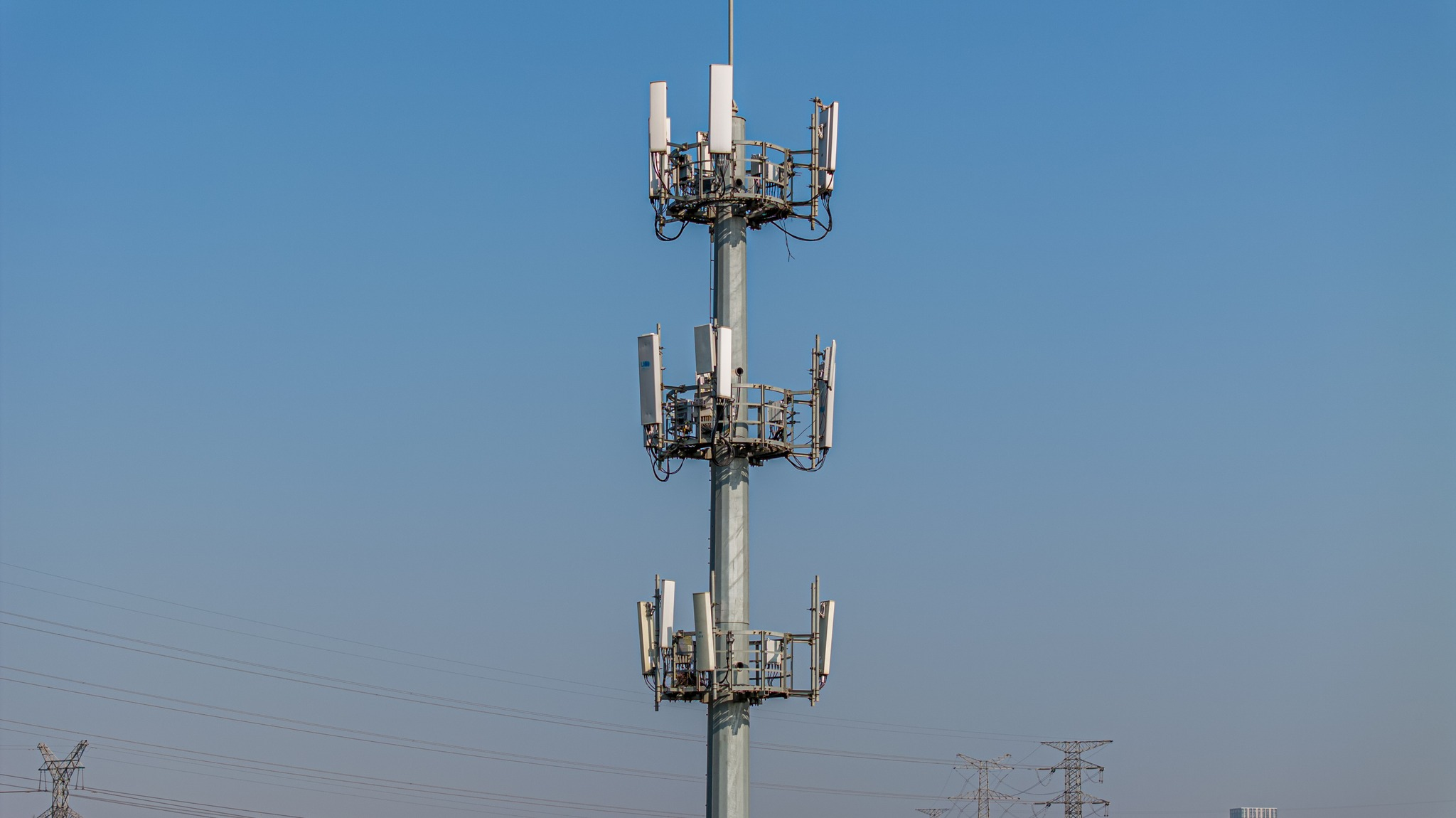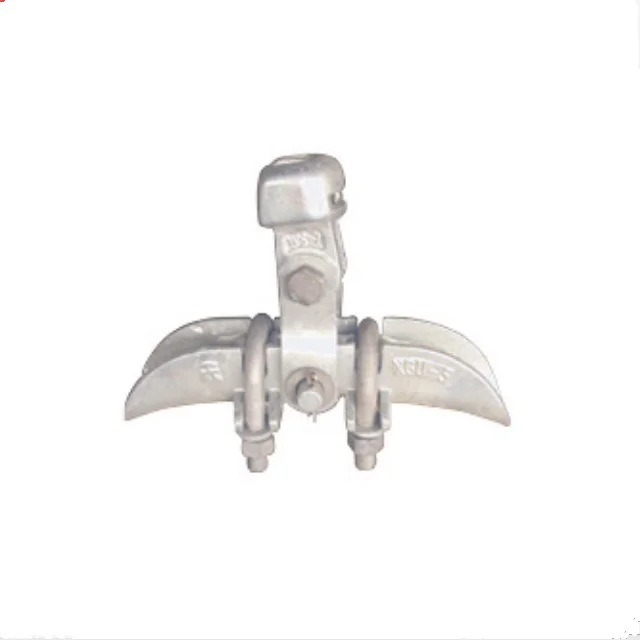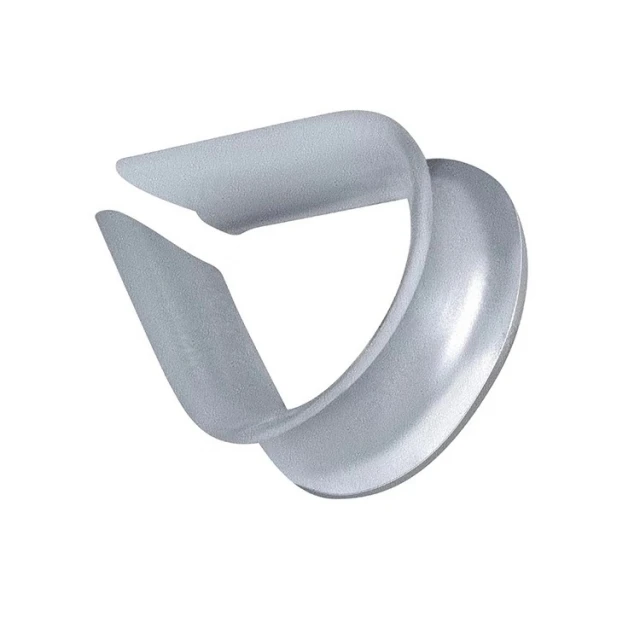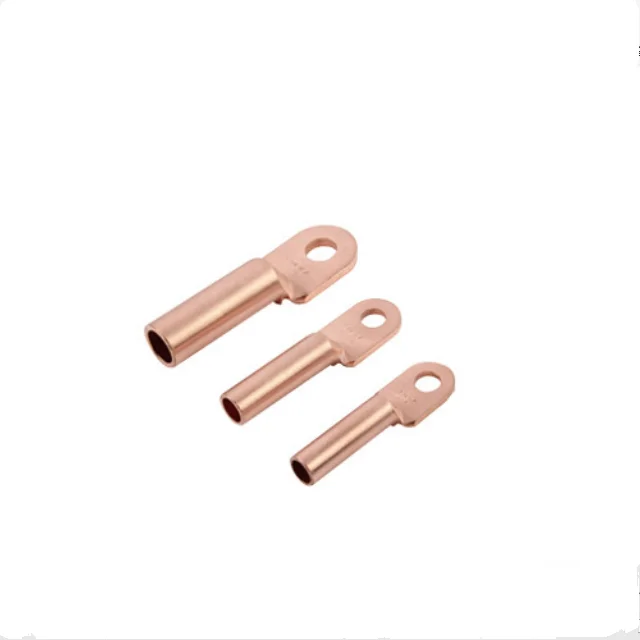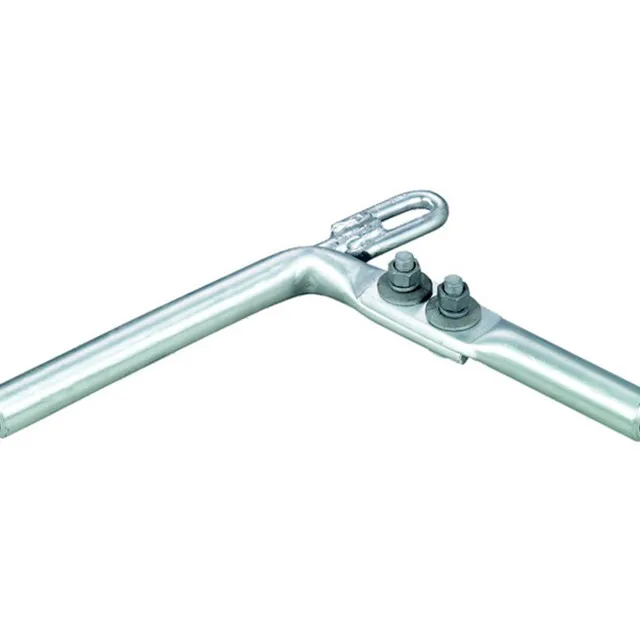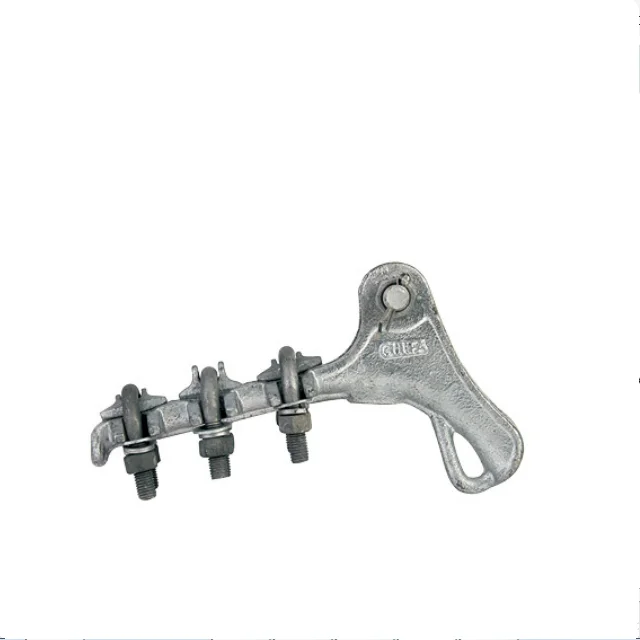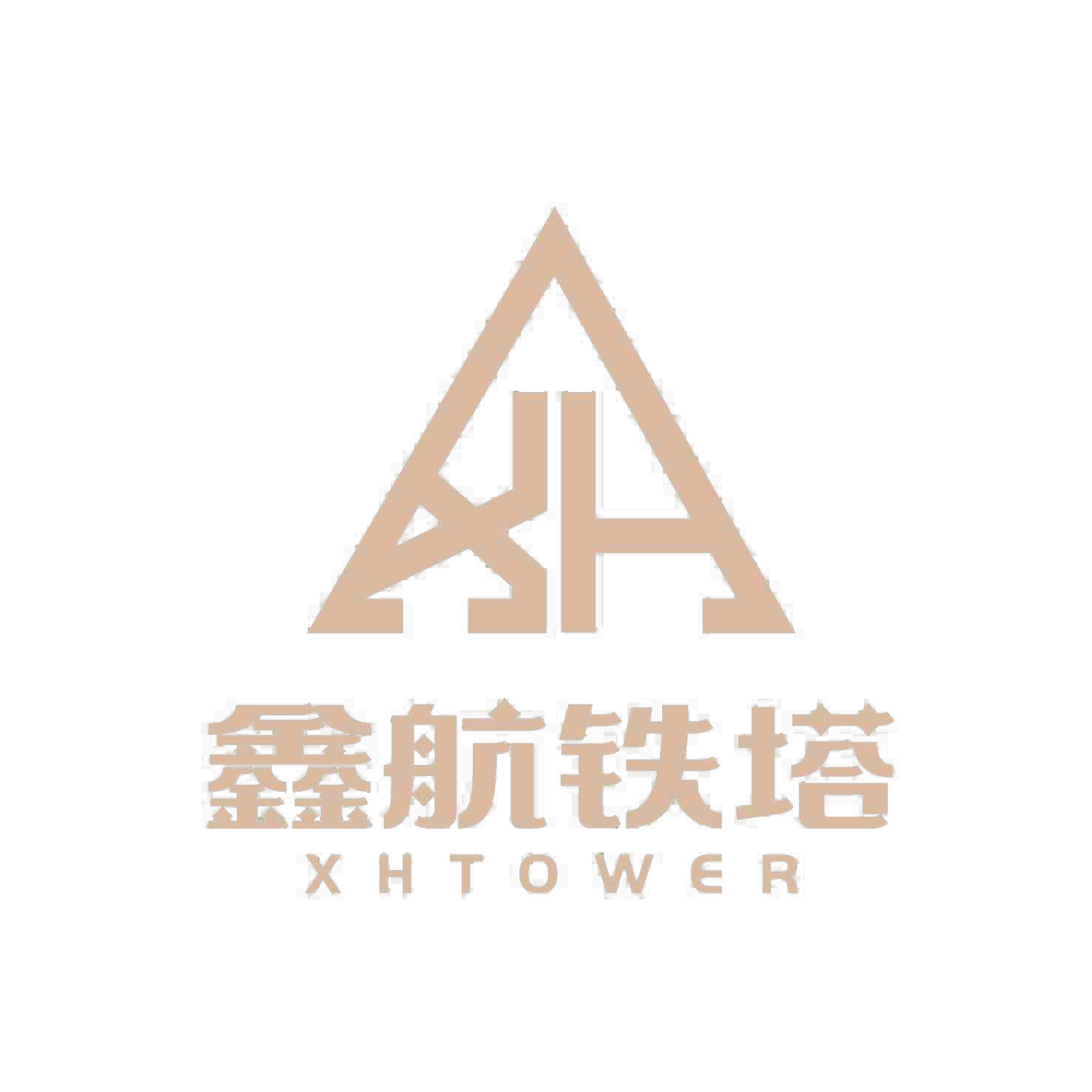The antenna load on a monopole tower can significantly influence the tower design in the following ways
Bending Moment - Heavier antenna loads near the top of the tower induce a larger bending moment force that must be resisted by the tower structure. This often requires larger diameter and thicker walled poles.
Shear Forces - Increased antenna weight will also amplify the shear forces along the height of the tower that must be accounted for in the pole strength.
Guy Wires - More side-load guying wires may be required to stabilize a monopole supporting a heavier antenna load, adding to construction needs.
Foundation - Larger foundation footings, deeper embedment, and more rebar reinforcement may be needed to counteract higher overturning forces from larger top-mounted antennas.
Sections - Towers may need to transition to thicker walled or larger diameter sections at higher elevations to support antenna mounts.
Fatigue - Cyclical wind loading on large antenna arrays can accelerate tower fatigue and may require design tweaks to increase fatigue resistance.
Resonance - Tower natural frequency and dynamic response needs to stay outside the range of vortex shedding frequencies to avoid wind-induced resonance. Heavier antennas lower the natural frequency.
Lightning Protection - Additional lightning rods, grounding and bonding are often incorporated for taller towers supporting antennas due to increased lightning risk.
Overall, qualified structural engineers conduct detailed tower analyses to optimize the monopole design to safely handle all forces imposed by antenna systems across a range of loading conditions.
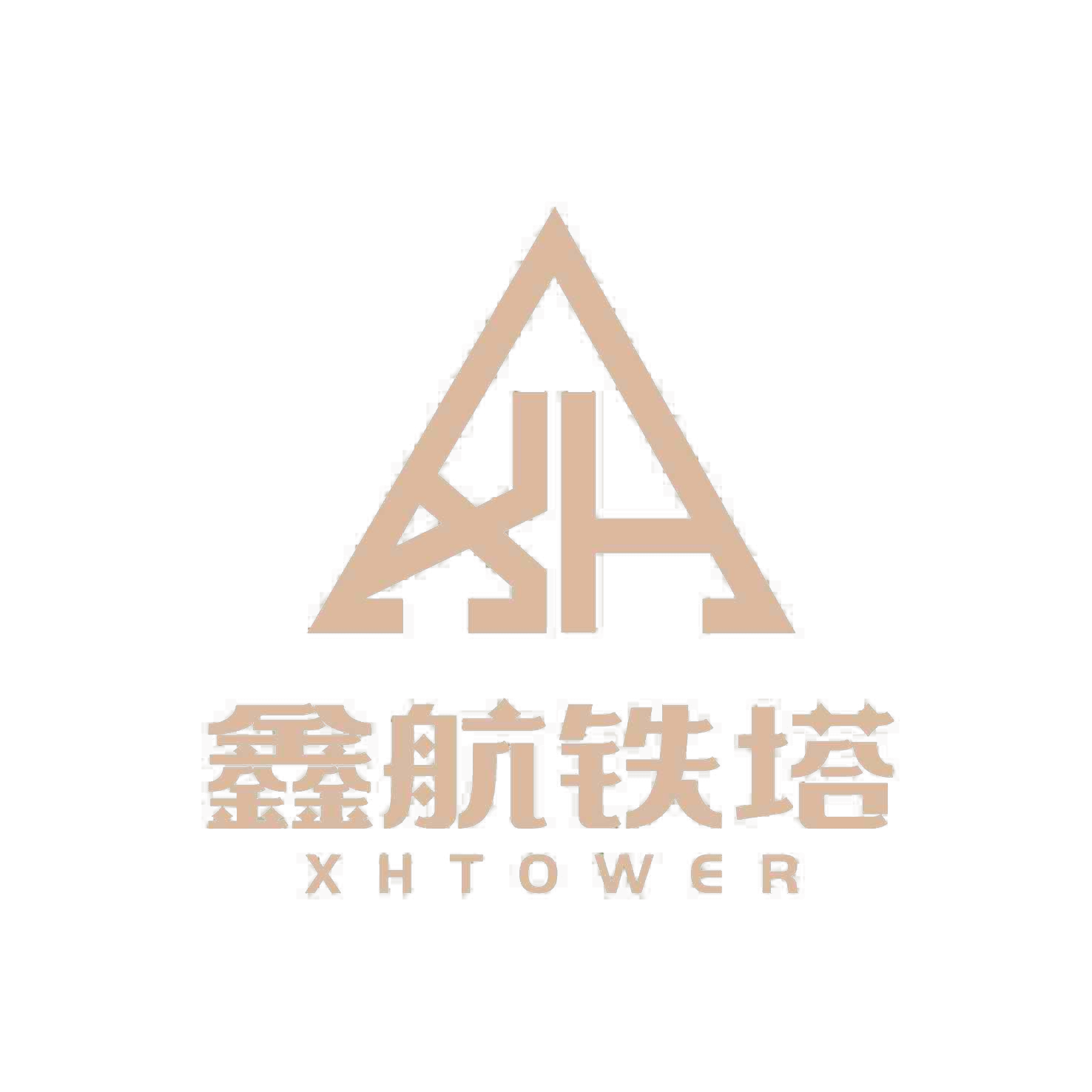
 EN
EN
 AR
AR
 DA
DA
 NL
NL
 FI
FI
 FR
FR
 DE
DE
 EL
EL
 HI
HI
 IT
IT
 NO
NO
 PL
PL
 PT
PT
 RO
RO
 RU
RU
 ES
ES
 SV
SV
 ID
ID
 LV
LV
 SR
SR
 SK
SK
 UK
UK
 SQ
SQ
 ET
ET
 HU
HU
 FA
FA
 AF
AF
 MS
MS
 GA
GA
 CY
CY
 UR
UR
 EO
EO
 LA
LA
 MN
MN
 TG
TG
 UZ
UZ
 HAW
HAW
 KY
KY
 XH
XH
